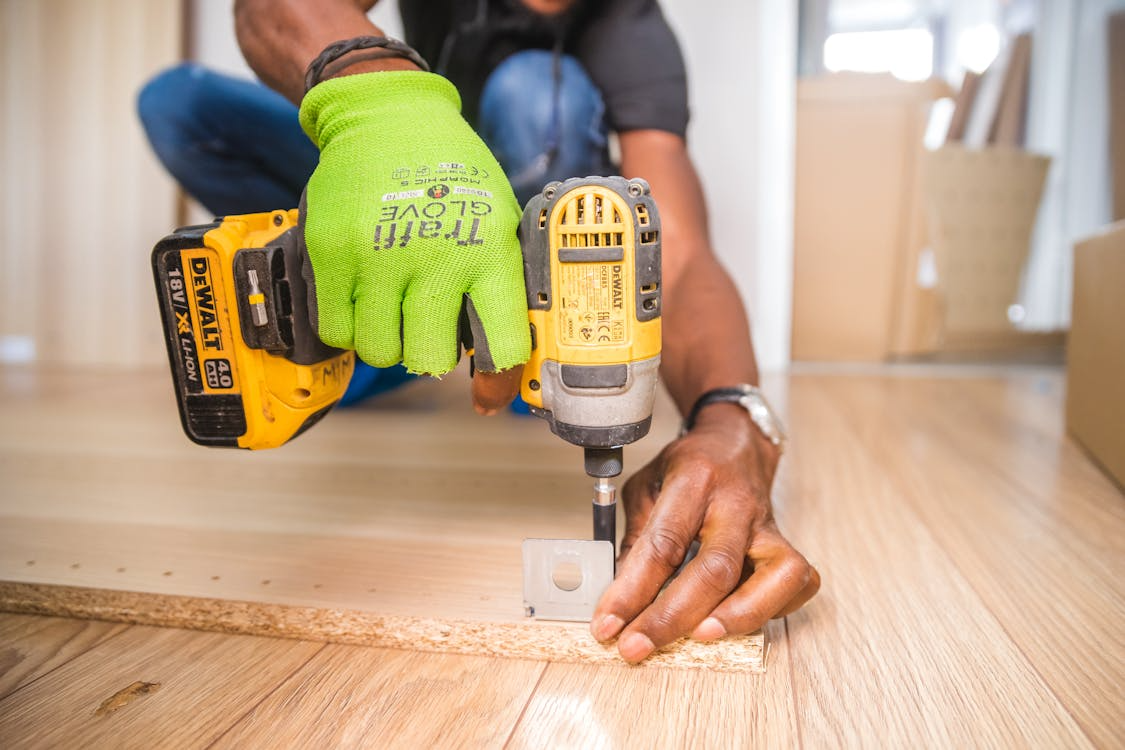Deciding to move to a new area is a big decision, full of excitement and anticipation—but also with plenty of details to check off before you settle in. Finding the right neighborhood that fits your lifestyle, preferences, and future plans can feel overwhelming.
To help you make a confident choice, we’ve compiled a list of 10 essential things to look out for before moving into any new area. From locating vital services like an urgent care walk-in clinic to finding out about yard control in your neighborhood, these tips will help you feel more prepared and at home even before the moving truck arrives.
Proximity to Essential Services
Ensure you know where essential services like the grocery store, pharmacy, and urgent care walk-in clinic are located. Access to medical care is crucial, especially if you or someone in your family has health conditions or children prone to accidents.
An urgent care clinic nearby can be a lifesaver when you need immediate, non-emergency care. It’s also wise to check for dental and vision clinics within a reasonable distance.
Crime and Safety Ratings
Safety is a top priority for any new resident, so investigate the crime rates in your prospective neighborhood. Sites like NeighborhoodScout and local police department resources provide crime statistics and safety scores, giving you a clearer idea of what to expect.
Also, note community security measures, like neighborhood watches or security patrols, which add an extra layer of reassurance for peace of mind.
Pest and Mosquito Control Options
In certain areas, pest control is essential to ensure your comfort—especially if you’re moving somewhere warmer or near water.
Research local mosquito yard control services to keep pests at bay. Many neighborhoods have contracts with pest control companies, but if that’s not the case, ensure you have yard control options so you can enjoy your outdoor spaces without being bothered by insects.
Nearby Schools and Education Facilities
Research local school rankings, programs, and facilities to determine if they align with your family’s educational expectations. Public and private school options, specialized programs, and transportation facilities like school buses can also affect your decision. Even if you don’t have school-aged kids, nearby schools can affect property values and community feel.
Local Healthcare Facilities and Specialists
Beyond an urgent care clinic, assessing the availability of healthcare specialists and hospitals is helpful. If someone in your household has a particular medical need, verify that specialists are in the area. Proximity to healthcare providers can make a huge difference when time is of the essence, so knowing that hospitals and clinics are close by adds peace of mind.
Community Amenities and Parks
Parks, community centers, libraries, and recreational facilities make a neighborhood feel welcoming and help you integrate quickly into your new surroundings. Check for nearby parks, especially if you’re an outdoor enthusiast or have children.
Some areas may even offer organized events at these community spots, helping newcomers meet people and get involved. Nearby sports facilities, pools, or biking trails are valuable amenities that add quality to your daily life.
Job Opportunities and Commute
A neighborhood with good job prospects or a manageable commute to your current job is essential to factor in. Look into the job market in the area or assess your commute if you’re moving to be closer to work. Consider traffic patterns during rush hour, public transportation availability, and access to major highways or business districts. You’ll want a commute that fits your lifestyle, so you’re spending less time on the road and more time enjoying your new home.
Neighborhood Atmosphere and Lifestyle
Consider what kind of lifestyle you want to lead. For example, a bustling urban neighborhood might not suit you if you’re in a quiet, family-friendly area. Walk around during the day and evening to get a feel for the neighborhood’s vibe. Check for a strong community spirit, local events, or groups you can join to easily settle in and make friends.
Natural Environment and Weather Conditions
Depending on your preferences, your new area’s natural environment and climate can significantly impact your enjoyment. If you love sunny days, moving to a cloudy, rainy region may not suit you. Similarly, if outdoor activities like hiking or biking are important to you, look for nearby trails and parks. In humid or tropical areas, you’ll also want to ensure that the home has regular mosquito yard control measures so you can comfortably enjoy the outdoors.
Property Value and Market Trends
Before making a long-term commitment, consider the property value trends in your new area. Some neighborhoods may be on the rise, while others may have declining property values. Researching these trends can help you make a sound financial investment.
Working with a local real estate agent who understands the market can provide insights into whether it’s a buyer’s or a seller’s market and tips on what to expect in the future.
Conclusion
Moving to a new area is an exciting adventure, but doing research beforehand ensures a smooth transition. Every detail matters, from locating essential resources like an urgent care walk-in clinic to securing mosquito yard control services.
By assessing these 10 factors, you’ll set yourself up for a move that aligns with your lifestyle, needs, and future goals. So, embrace the change—knowing that you’ve made an informed choice that will make your new neighborhood feel like home.
This is a Sponsored Post














